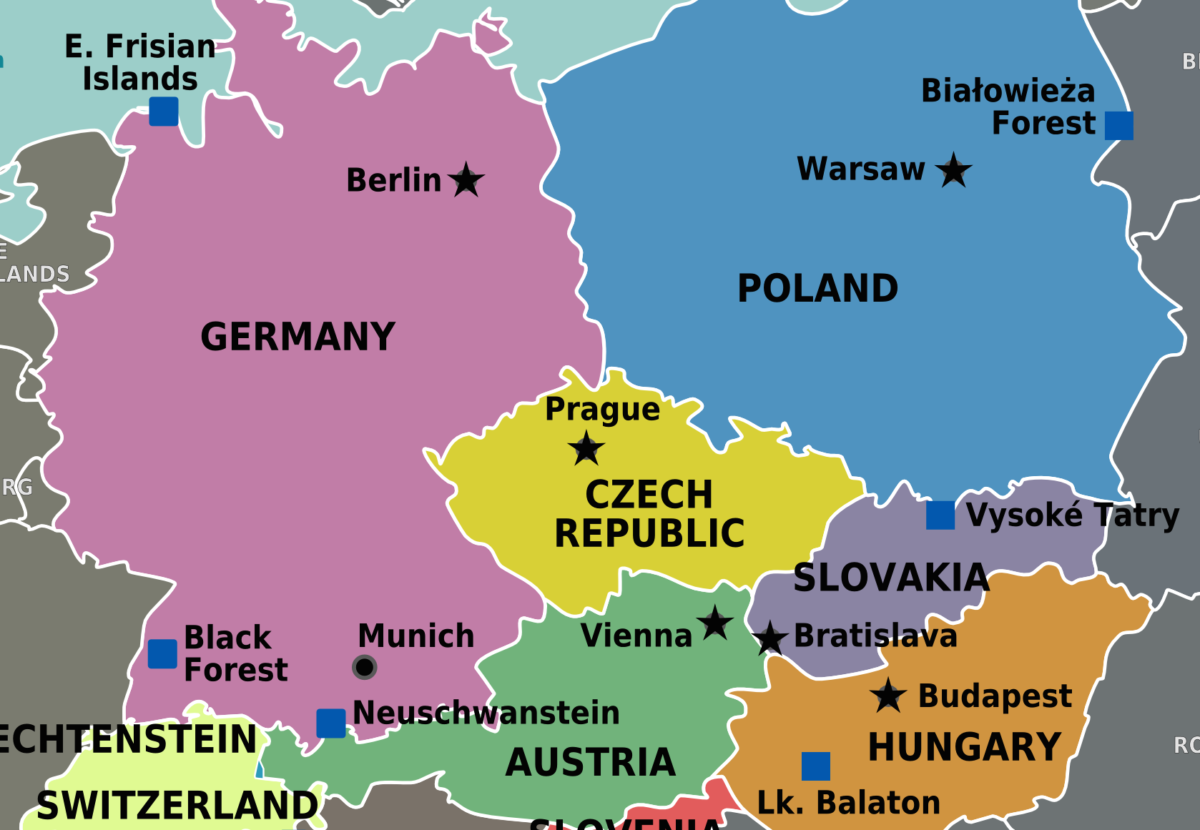Who is the “sick man” of Europe in 2019’s economic growth rankings?
The lowest estimate for GDP growth, according to an article published by Bloomberg* yesterday, belongs, with little surprise, to Italy (+0.2% year on year expected). But Germany is next in line. Yes, Europe’s “powerhouse”. The “locomotive” of economic growth in the Czech Republic and the Central & Eastern European region, is now seen by Berlin itself as capable of expanding only 0.5% year-on-year this year; the second-lowest expansion in the EU. Media reports stated that Peter Altmaier, the Economy Minister cited the main reason for the weaker forecast is a cooling of the global economy, as well as increased trade conflicts and Brexit affecting Germany’s exports.
We agree with this government prediction. We have held the view for some time already that the global economy is slowing. Influential bodies such as the IMF worry right now about what looks like a synchronized dip in global trade flows. Germany’s total exports amount to around half the size of its economy, which is a large burden to bear when clear evidence of slackening import demand in countries such as China has been emerging for some time already. This includes China’s March 2019 data, with a just-announced -7% year-on-year decline in overall imports into the world’s second-largest economy. The domestic economy in Germany, including consumers and services, was in better health in 2018, helping overall GDP expand 1.4% last year. But disputes over diesel emissions have seen car sales slacken, both at home and in Europe. The trend in German investment, especially in infrastructure, has weakened in recent quarters.
Where does this leave the Czech Republic? Very exposed: 31% of Czech exports went to our near neighbour in 2017, worth some USD 52bn (data from the Observatory of Economic Complexity). This exposure amounted to around 24% of Czech GDP in 2017. When considering that autos make up also 24% of that total pie, this means nearly 6% of Czech GDP is directly the movement of vehicles and parts over the border. These data are an illustration that the Czech Republic is an “open” economy, so if global trade continues to weaken, we must expect slower economic growth at home. This slower economic growth will eventually slow the upward path of Czech inflation and interest rates.
More optimistic commentators and the German government itself foresee some recovery in the second half of 2019 and into 2020. Their optimism is based on Brexit effects abating and some recovery in global economic conditions. A much weaker Euro exchange rate versus the US Dollar, the Yen and Asian currencies might help boost Germany’s competitiveness in the short to medium term. Those who do not predict a further slowdown in Czech economic growth better hope that the optimists are correct. Thus far, the leading indicators we track in our models at EnCor show little evidence of global economic conditions improving in the next few quarters. And Brexit effects do not look like disappearing soon as a risk. So, unless the Euro currency moves down significantly very quickly, we foresee Czech GDP growth slowing to around 2% in 2019.
* Source: Bloomberg: German Economy Heads for Worst Growth in Six Years


